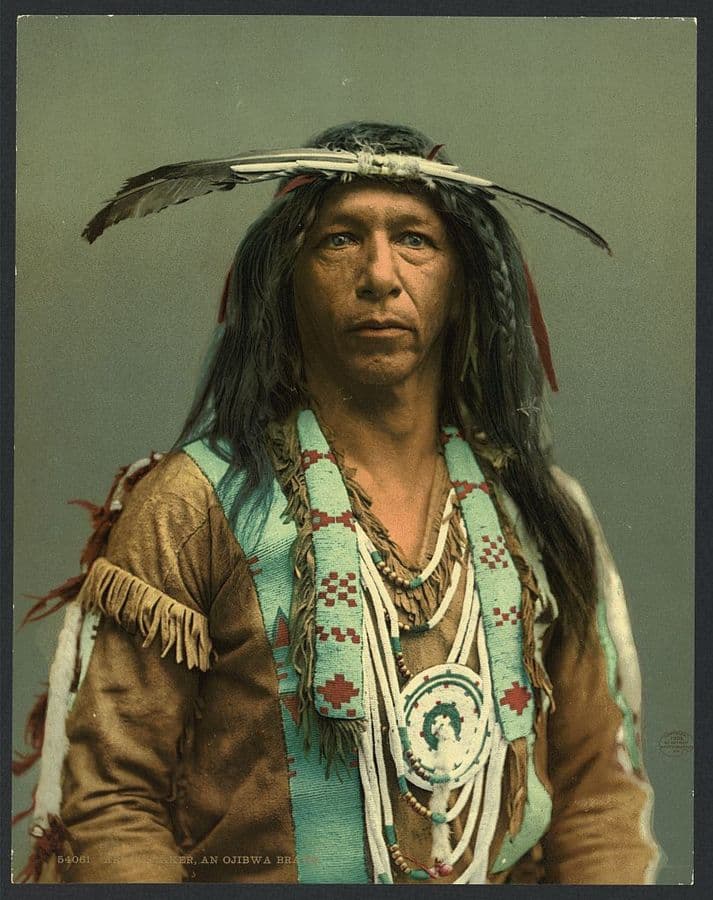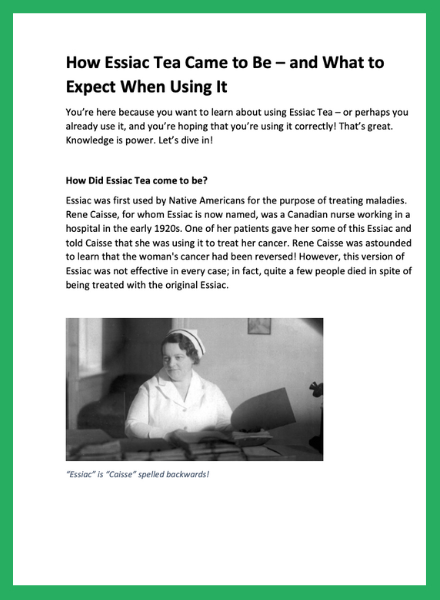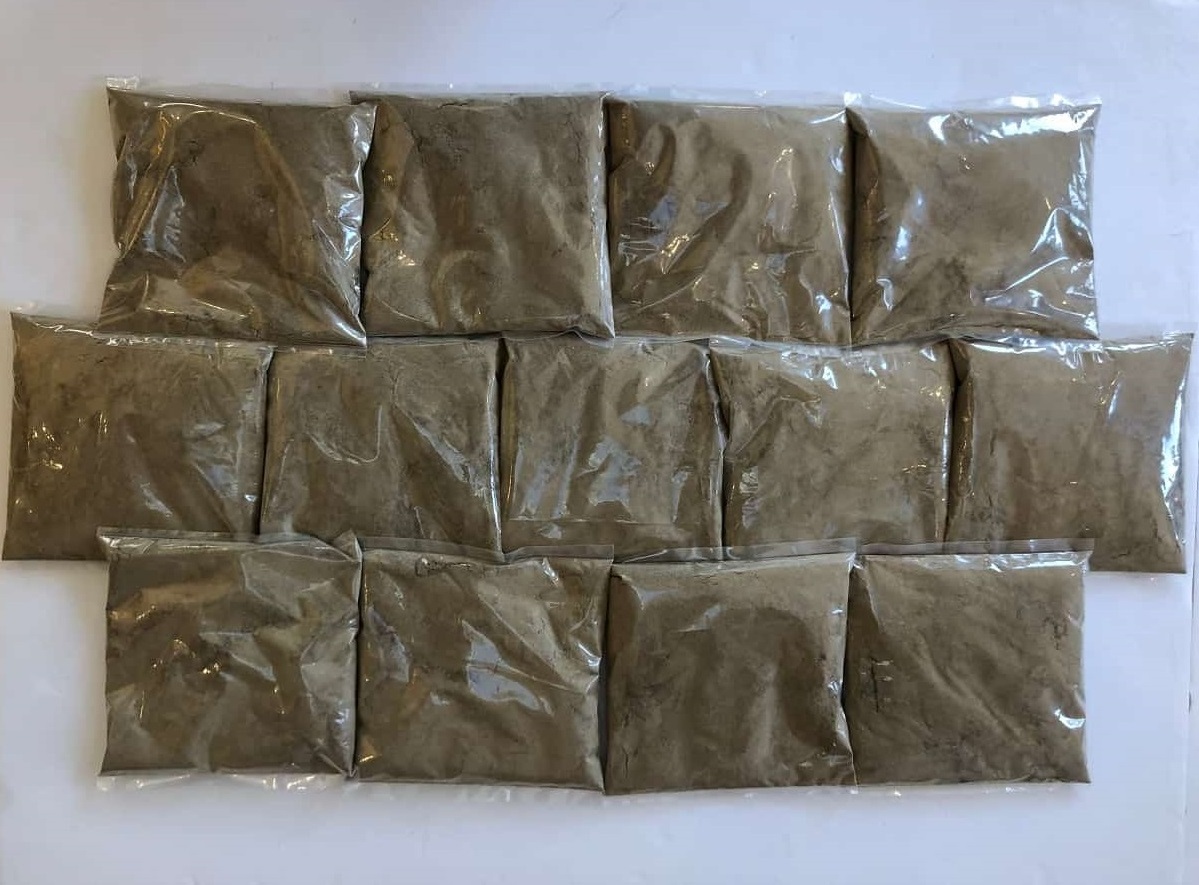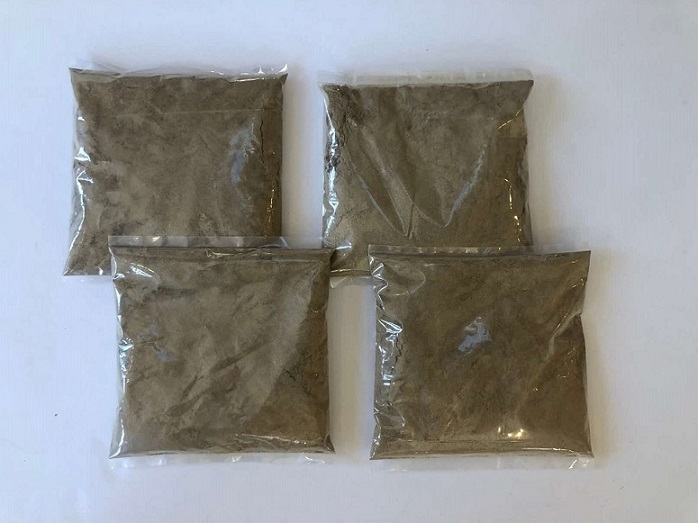|
||
| site search by freefind |
Ojibwa Essiac Tea Preceeded Rene Caisse's Involvement with Essiac
The Midewiwin, a physically and spiritually healing medicine society that originated among Ojibwa people, is where essiac originated
Ojibwa essiac tea's roots can be traced way back to a healing medicine society that was established within the tribe long ago. To enter the society, the initiate has to undergo a long period of instruction to master the herbal knowledge and philosophy handed down by elders. This attention to detail is probably one reason why the Ojibwa "cancer tea" or essiac tea has been helpful to so many people. The Ojibwa were master herbalists. The Midewiwin today has a significant membership in the upper Great Lakes region and has spread from the Ojibwas to neighboring Indian people. Although Rene Caisse was not an Ojibwa, an Ojibwa medicine man shared the essiac tea formula with her because he believed that she would use it altruistically to help others.
 Essiac tea's roots can be traced way back to a healing medicine society that was established within the Ojibwa tribe long ago.
Essiac tea's roots can be traced way back to a healing medicine society that was established within the Ojibwa tribe long ago.***We use the entire sheep sorrel plant, including the roots, in our Ojibwa essiac tea formula!***
The eight ojibwa essiac tea ingredients must be blended in a specific ratio to yield the same healing, detoxifying, and immune-boosting effects noticed by the Ojibwa people.
Click here to read about the eight ingredients in essiac tea.
Ojibwa people have never formed a single organization, but the overlapping of regional groups forms a chain that, in effect, links them together. Although there were originally only five or six Ojibwa clans, 21 clans were identified in the mid-nineteenth century with some geographic variations. Sault Ste. Marie has always been associated with the high-ranking Crane clan. The Marten and Loon totems have been well known around Chequamegon Bay, whereas the later-created Wolf clan was prominent in the former Sioux headquarters at Mille Lacs, Minnesota, where the Ojibwa community incorporated captive Sioux. A clan member provides hospitality for any visiting member of the same clan, even from another tribe.
Ojibwa Identity and Way of Life
Ojibwa identity has involved a way of life including the Midewiwin rituals. These rituals include an important fall ceremony of sustenance involving maple sugar, fish, and wild rice. There are also known for their travel by birch-bark canoe. For many years, the western Ojibwas returned to the Red River and Lake Winnipeg districts to make maple (or box elder) syrup in the spring and gather wild rice in the fall, although they eventually adopted a buffalo-hunting economic base, with its emphasis on horse herds. Today, many Ojibwas in the United States and Canada prefer to identify themselves as Anishinaabe, a term meaning "First [or Original] People," even though this term is used by other tribes as well.
Modern Ojibwa Identity
Modern Ojibwa reservations include members of mixed Indian and non-Indian heritage, with many intermittent residents who travel back and forth between cities. Economic development is a primary concern. In Minnesota and along its border with Canada, Ojibwas have fought to protect their interest in the harvesting and marketing of wild rice.
Certain projects reveal the diversity of modern Ojibwa reservation life: for example, a public radio station, as well as a number of junior colleges. On the White Earth Reservation in Minnesota, a women's cooperative markets wild rice and crafts. There are also housing projects being developed in seven Upper Peninsula communities. Walpole Island has a growing historical-research center. The population there includes Potawatomi refugees from government removal efforts of the 1830s in Michigan and Indiana, and Ottawas who fled from the Toledo region and Maumee River valley of northwestern Ohio.
Ojibwas emphasize their close relationship with both Ottawas and Potawatomis as the "Three Fires," invoking the memory of an alliance of the early migration era.
Click here to learn more about eight herb essiac tea.
Purchase your own supply of essiac tea today. It's the same essiac Rene Caisse used.
Essiac tea takes just 10 minutes to prepare once every two weeks. It costs less than 75 cents per day to use.
Click here to order our most popular size of essiac: the six month supply at aggressive/improvement of health dose for $179.97. It lasts 9 months at the maintenance dose.
If you'd rather start with a smaller supply of essiac, you can purchase it here for $68.97. This lasts two months at the aggressive/improvement of health dose, or three months at the maintenance dose.
Sign up for our Newsletter and Get Your Free Gift Now

We promise that we will never use your contact information for purpose other than to send you the Newsletters. You will maintain the right to unsubscribe from these e-mails at any time. We never share your information with third parties.





